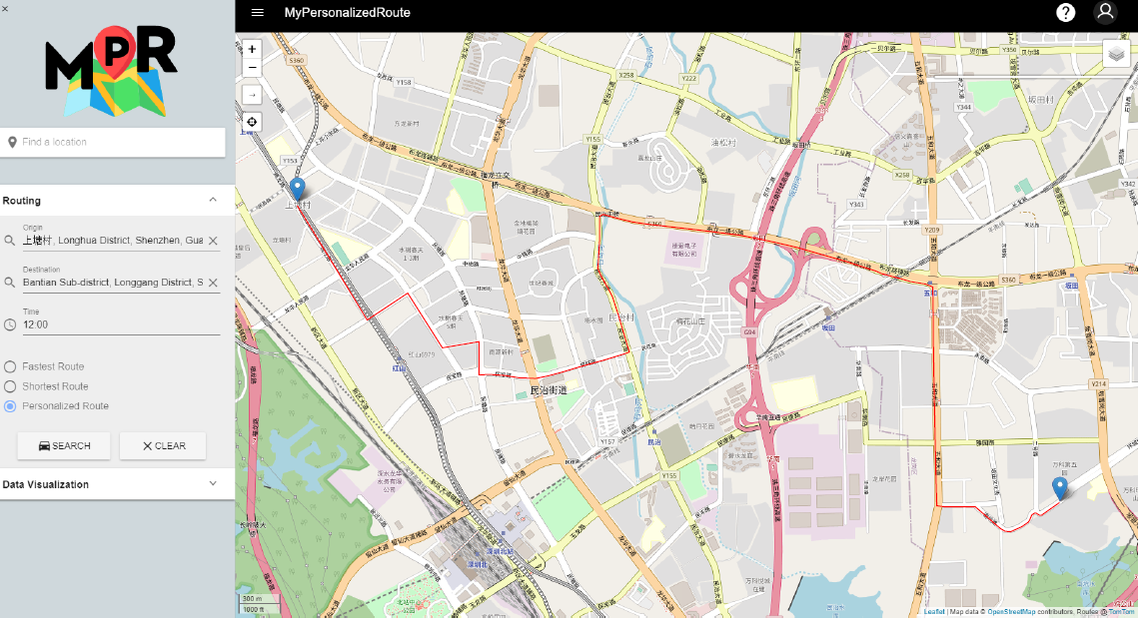
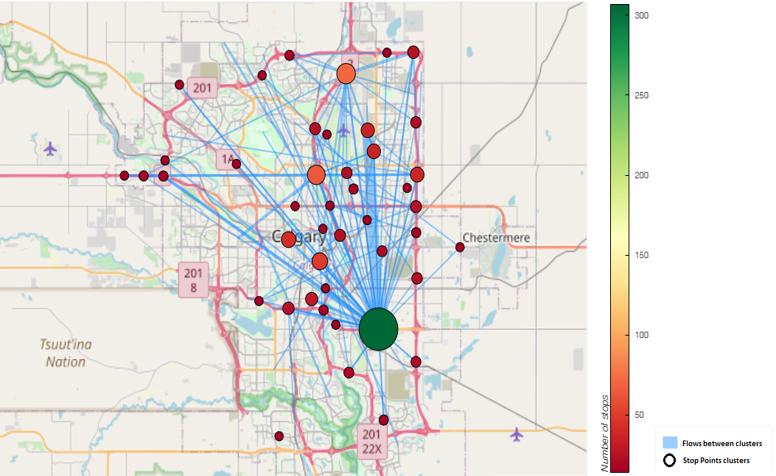
Route Planning and Trajectory Mining
With the advances in location-acquisition by GPS, mobile computing techniques and Large Language Models (LLMs), we develop AI methods for vision language navigation, vehicle routing planning, map matching, and personalized route planning based on GPS trajectories, computer vision, LLMs, and other real time information.
- Vision language navigation
- Smart route planning for trucks under extreme weather conditions
- Vehicle routing problem for delivery
- Personalized route planning
- Map matching
Location Recommendation Systems
With the rapid development of global position system (GPS), mobile devices and LBSNs, people share location-related information with each other, and also leverage collaborative knowledge learned from user-generated and location-related content. Among various LBSN services, the location recommendation service suggests unvisited sites to the users based on the information collected on LBSNs, such as check-ins, user profiles and location profiles.
We leverage collaborative knowledge learned from user movement behaviors and contextual information to make location recommendations.
- Location Recommendation Based on Periodicity of Human Movement and Location Categories
- Behaviour-based location recommendation
- Context-aware location recommendation
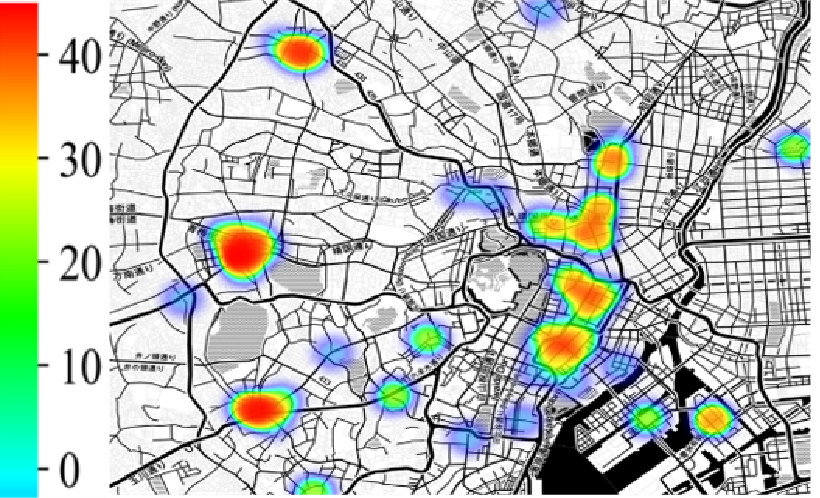
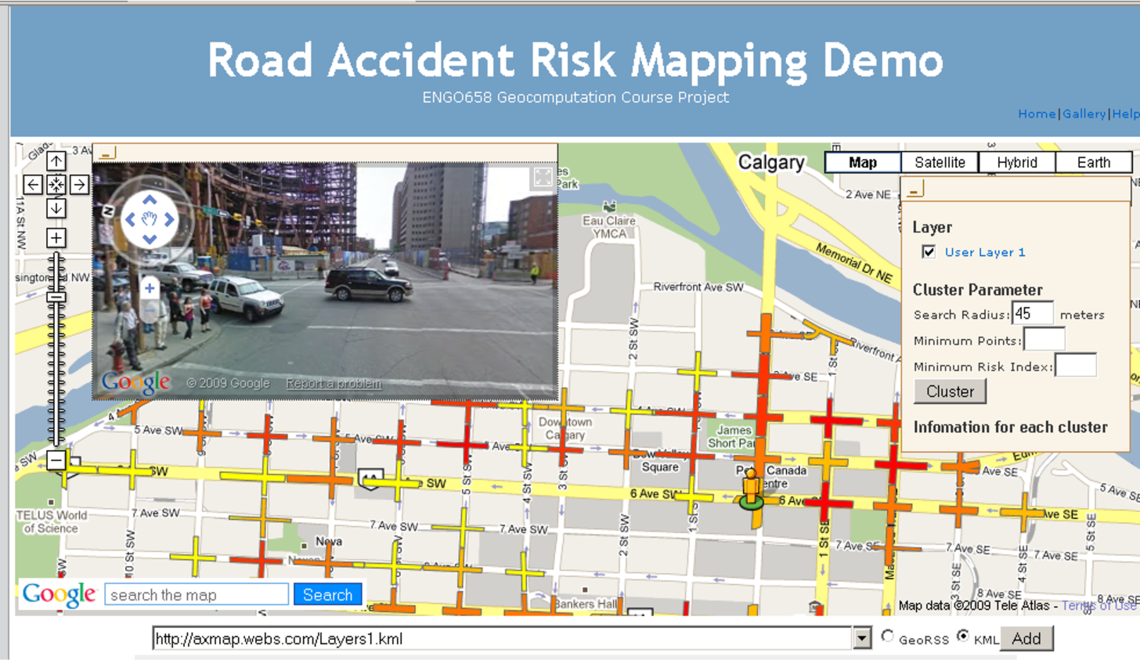
Spatial Clustering Methods and Applications
The goal in spatial clustering is to find natural clusters in large spatial datasets based on spatial and non-spatial attributes of data objects. We have developed several density-based spatial clustering algorithms. We also developed a web-based geospatial clustering platform termed GeoClustering.
- Density-Based Spatial Clustering Methods
- Density-Based Spatial Clustering Methods for Obstacles and Facilitators
- Web Service for Geospatial Clustering and Traffic Accident Risk Estimation
- Ontology-based Spatial Clustering Framework
Using Data Mining and Artificial Intelligence Methods for Oil and Gas Applications
Located in Alberta, we have worked closely with the oil and gas industry and proposed various data mining and artificial intelligence (AI) methods to solve problems for the industry. We applied and developed different data mining and geovisualization methods for steam-assisted gravity drainage (SAGD) and cold heavy oil production with sand (CHOPS) extraction processes.
- Using Data Mining Methods to Manage and Optimize Steam Injection Processes
- Using Two-step Fuzzy Ranking and Artificial Neural Networks for Reservoir Characterization
- Using Data Mining Methods to Find Relationships Between Reservoir Properties and Productions for Wormhole Reservoirs
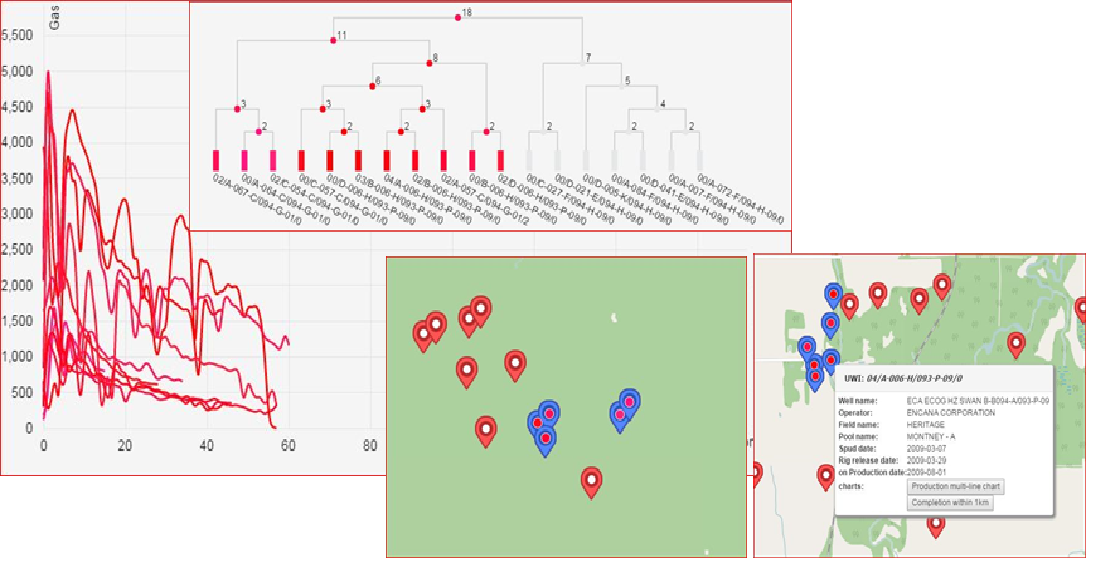
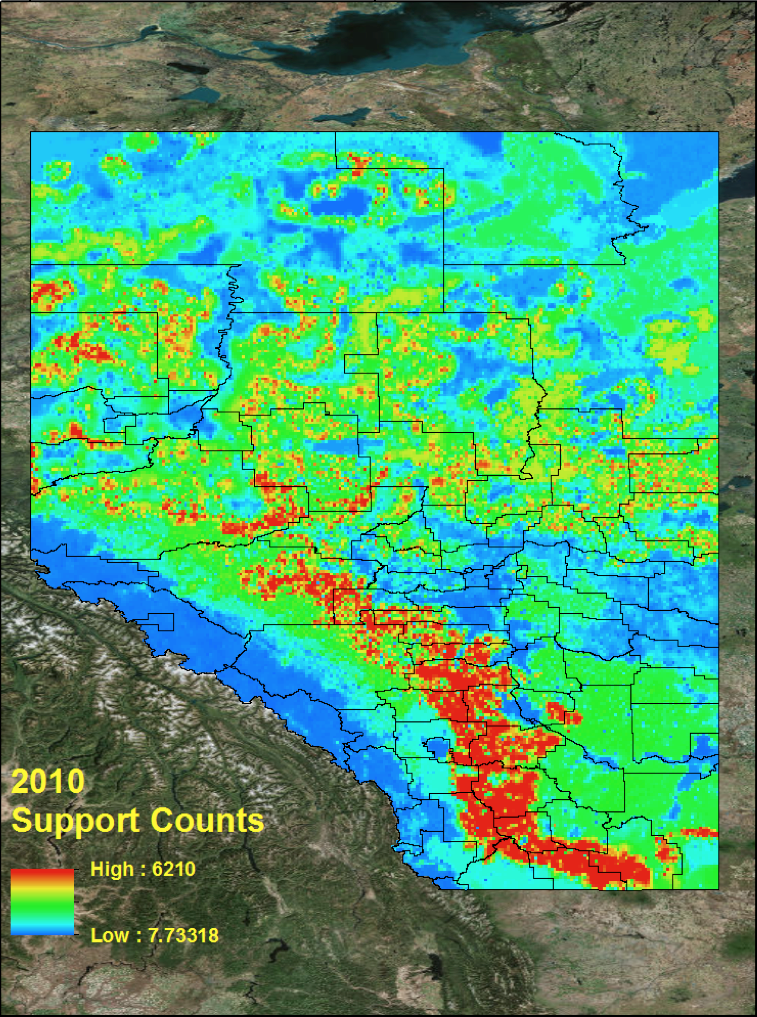
Using Data Mining and Artificial Intelligence Methods for Healthcare and Other Engineering Applications
We apply data mining and other artificial intelligent methods for healthcare and different engineering applications. We have worked with different collaborators and proposed several data mining and AI methods for various engineering applications, including healthcare facility location allocation, wildfire evacuation route planning, traffic count and traffic accident analysis, land use planning, lightning hazard, and earthen site monitoring.

